Maserati Khamsin
The Maserati Khamsin with a glass rear end and front engine concept appeared in 1973 as the successor to the Ghibli.
From 1971 onwards, Maserati developed a new flagship sports car under the internal abbreviation Tipo AM120 to replace the Ghibli, which had been produced since 1966. One year after the premiere of this front-engined sports car, Citroën gradually acquired shares in Maserati until these reached 60 percent. While Giulio Alfieri kept his job as chief designer, the French carmaker tried to get a grip on Maserati’s cost structure by modernizing production and introducing new models with technical components from Citroën models. For this reason, hydraulic systems such as braking and steering were also migrated to the new mid-engined sports cars Merak and Bora, which were designed to respond to Lamborghini’s smaller models while also attacking other established sports cars. As both models failed to achieve the expected volumes and also failed to meet the expectations placed in them as Porsche 911 competitors, Maserati remained a deeply indebted sports car brand and ultimately dragged Citroën into the crisis as well. After Peugeot had swallowed up its French competitor, it parted ways with the Italian sports car brand in 1975, which was now almost insolvent.
Last Maserati with Citroën parts
Three years earlier, the last production model developed jointly with Citroën, the successor to the Ghibli described above, made its debut at the Turin Motor Show. Due to the Ghibli’s continued good sales, the front engine concept and the naming after a wind, the Khamsin from Arabian deserts and countries on the south-eastern Mediterranean Sea, remained unchanged. It was also the last Maserati developed and built under the direction of Giulio Alfieri. Interestingly, he took over the Ghibli’s platform with unchanged wheelbase for the Khamsin, but equipped the rear axle with independent suspension on double wishbones. From the Citroën SM, he took over the power steering with speed-sensitive assistance and the high-pressure braking system with disc brakes and the green brake fluid LHM (liquide hydraulique minerale). The pop-up headlights, the clutch and even the adjustment of the front seats were also hydraulic.
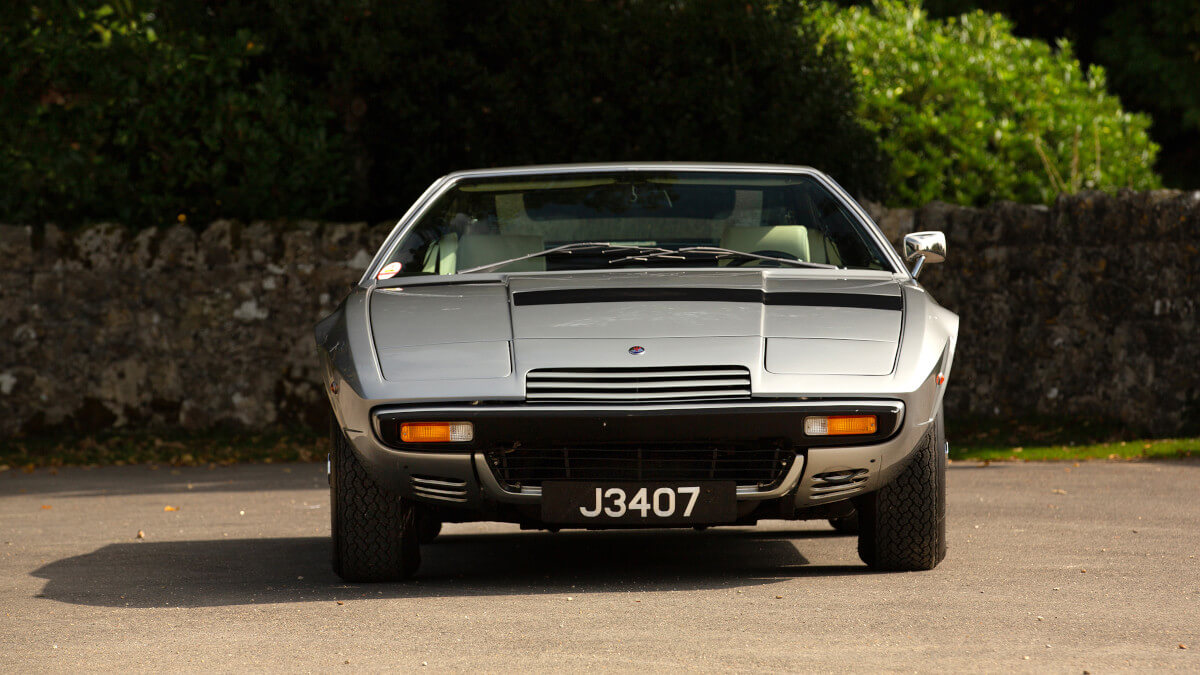







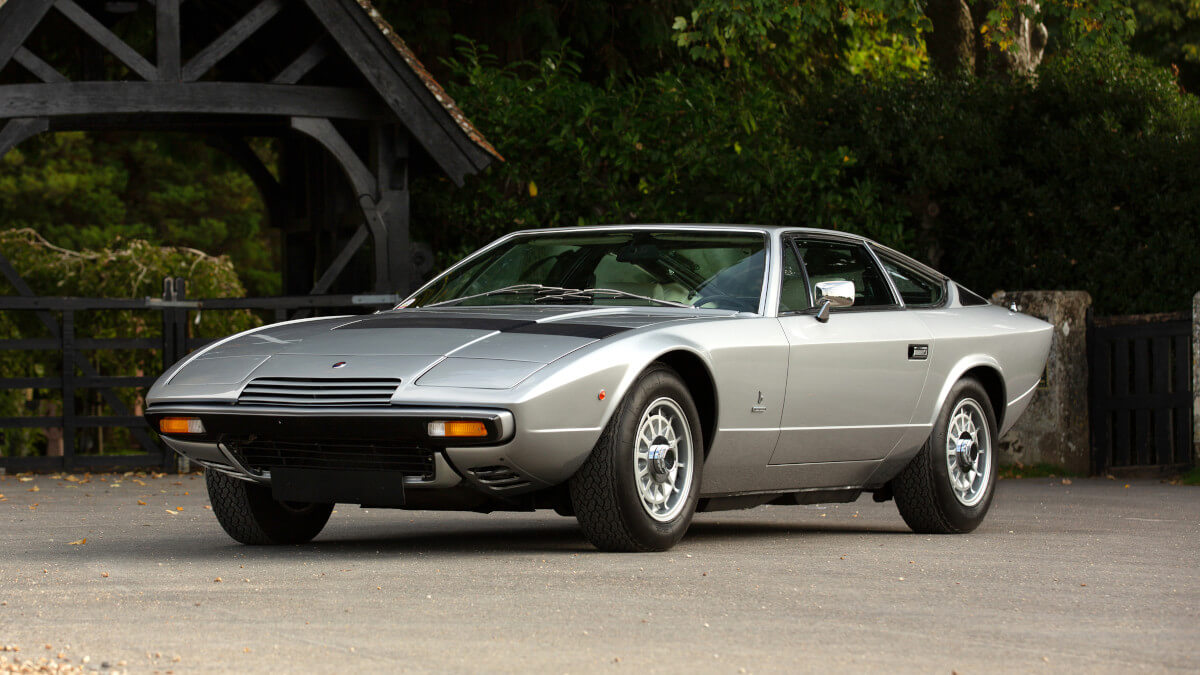



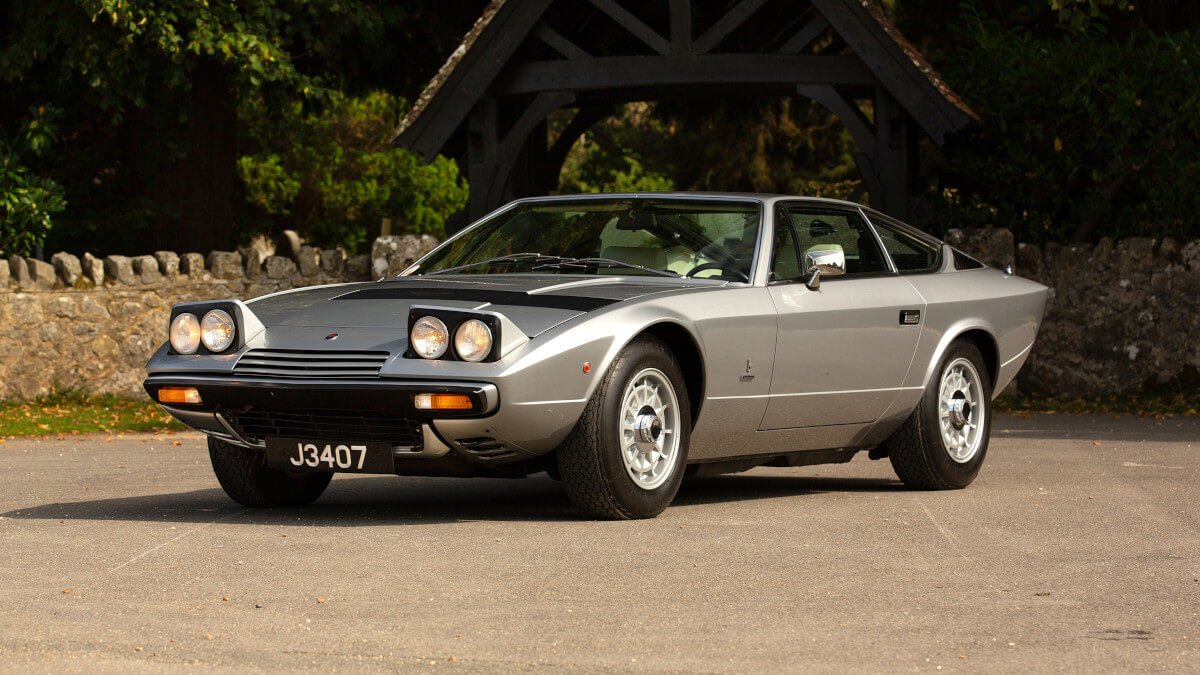



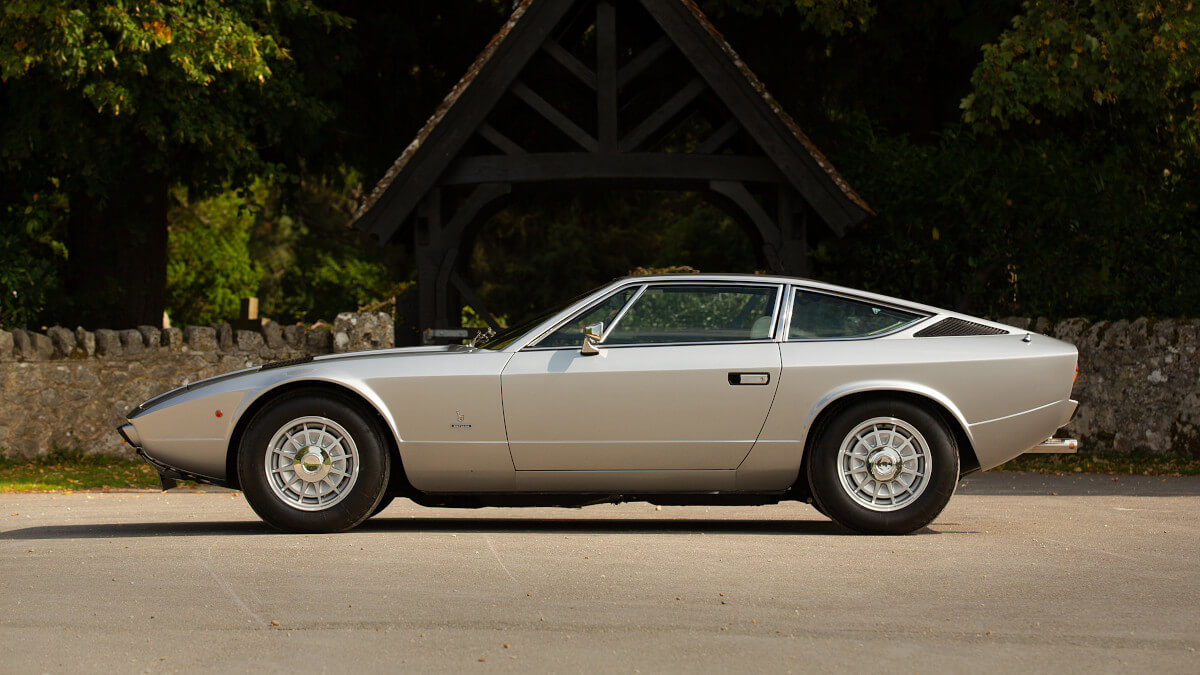



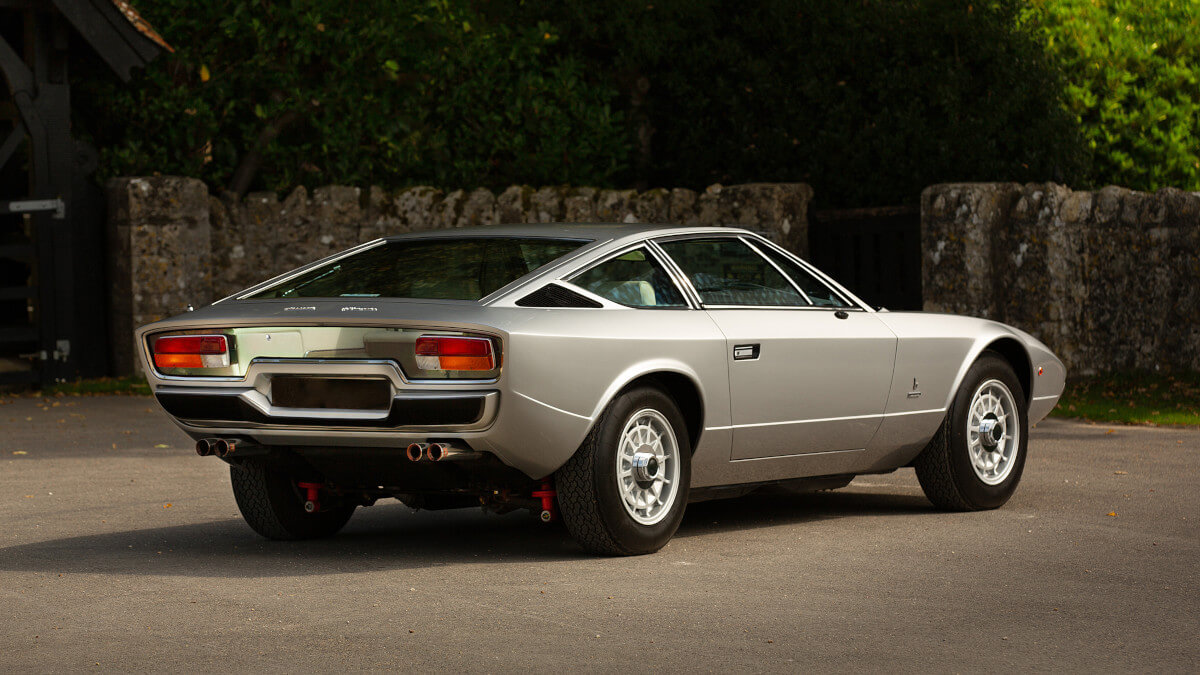



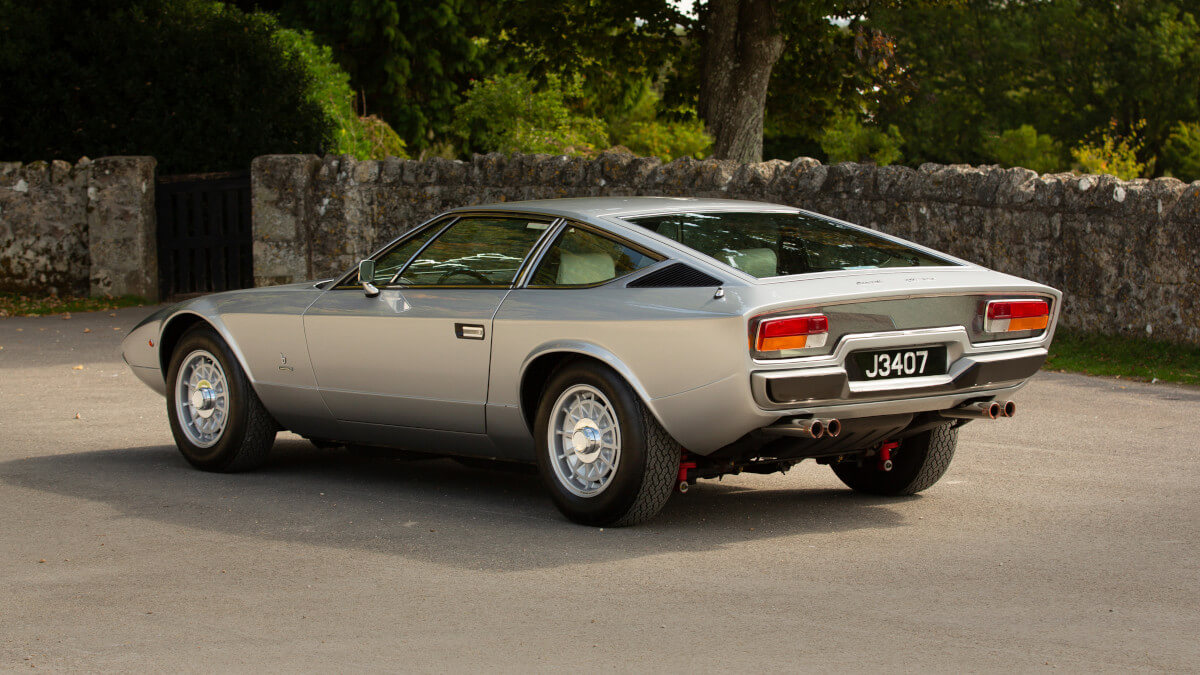



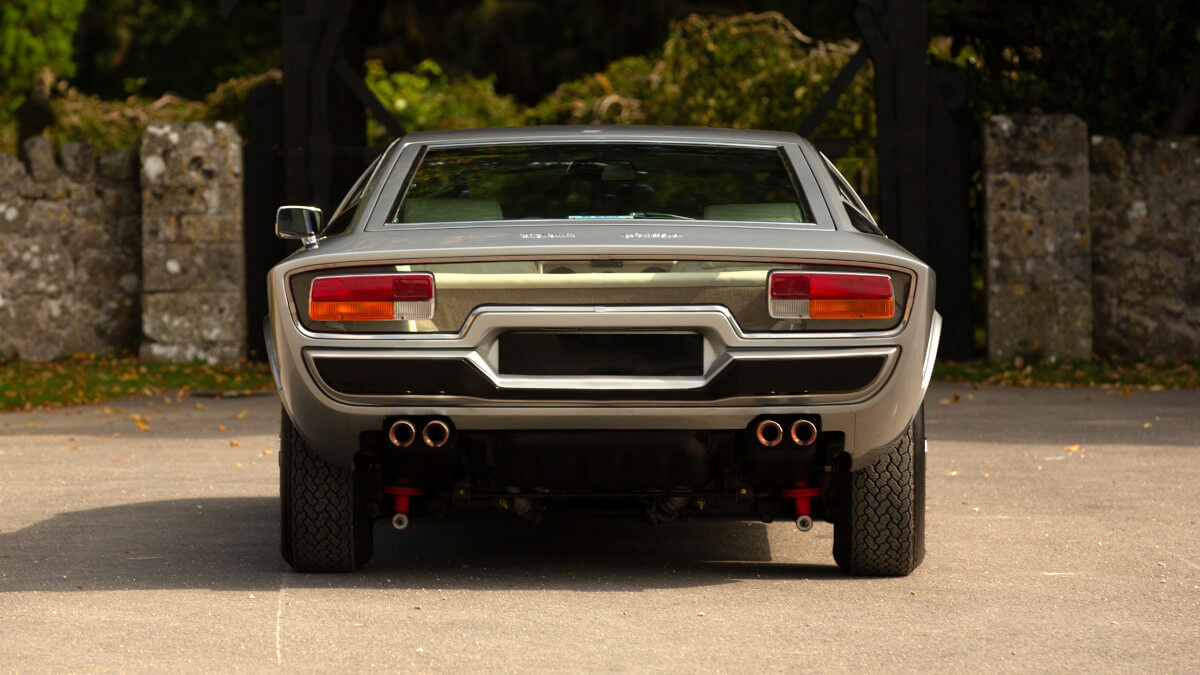



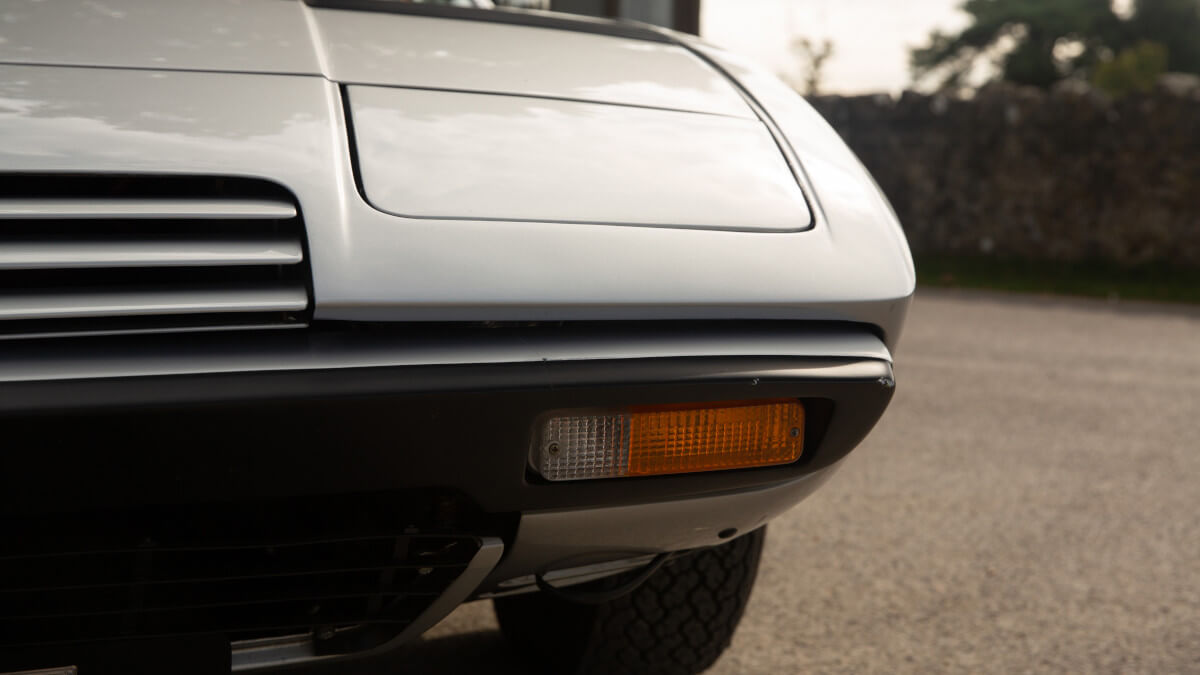



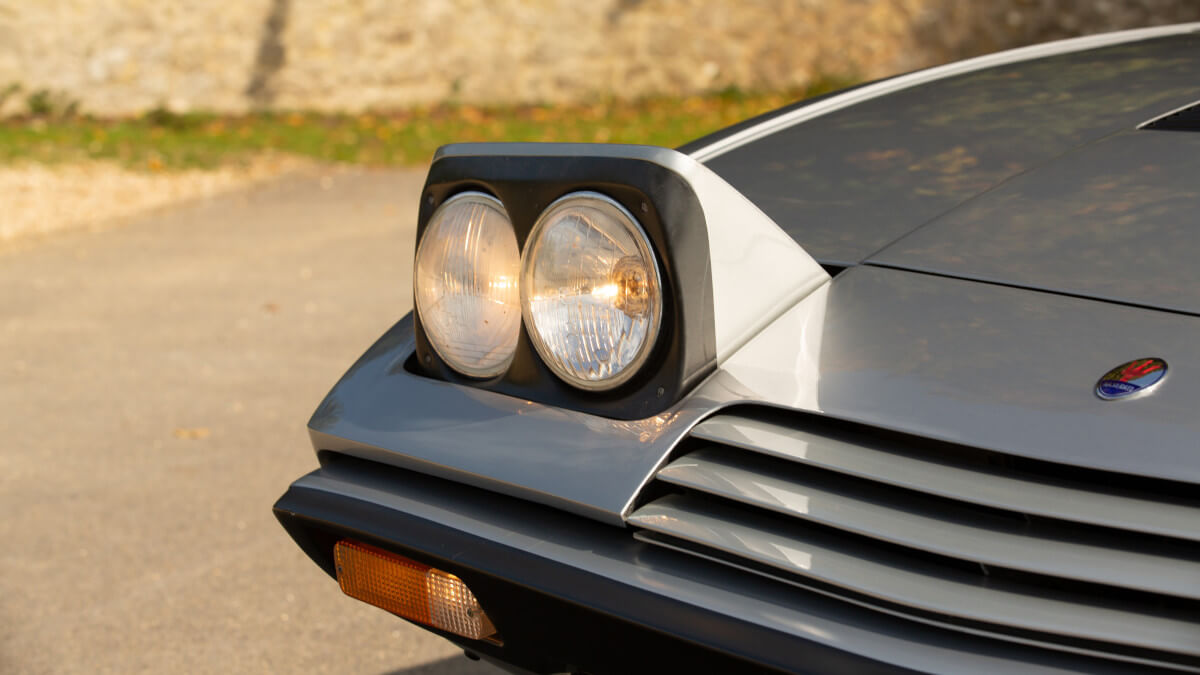







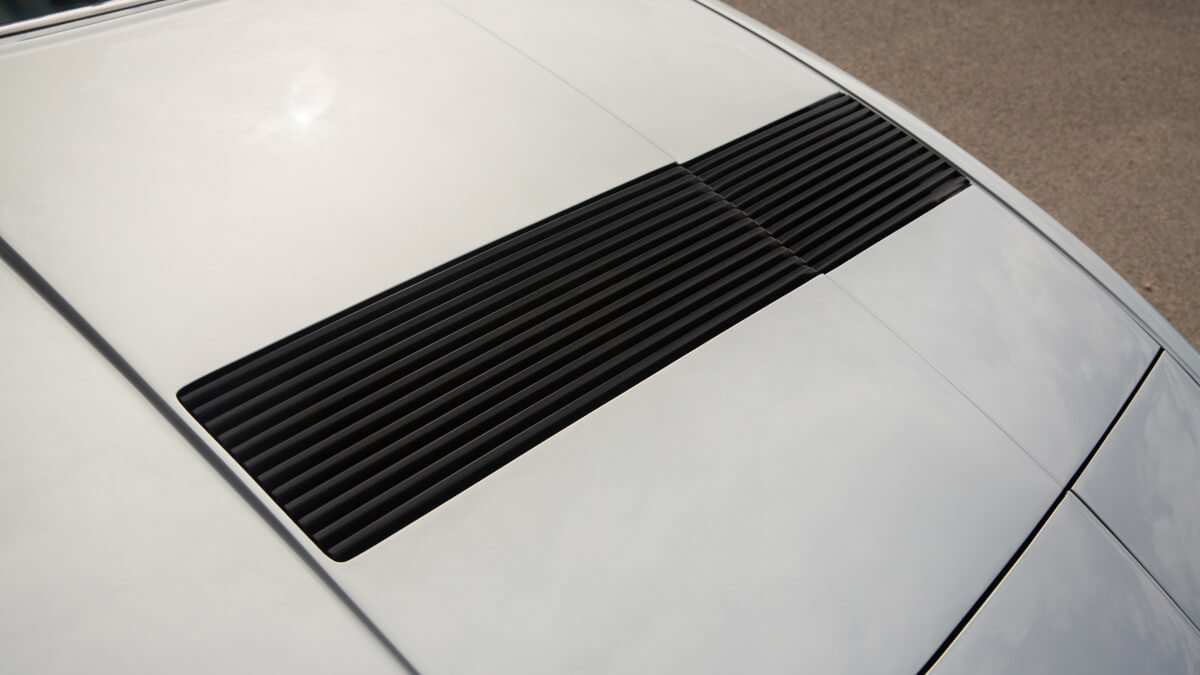



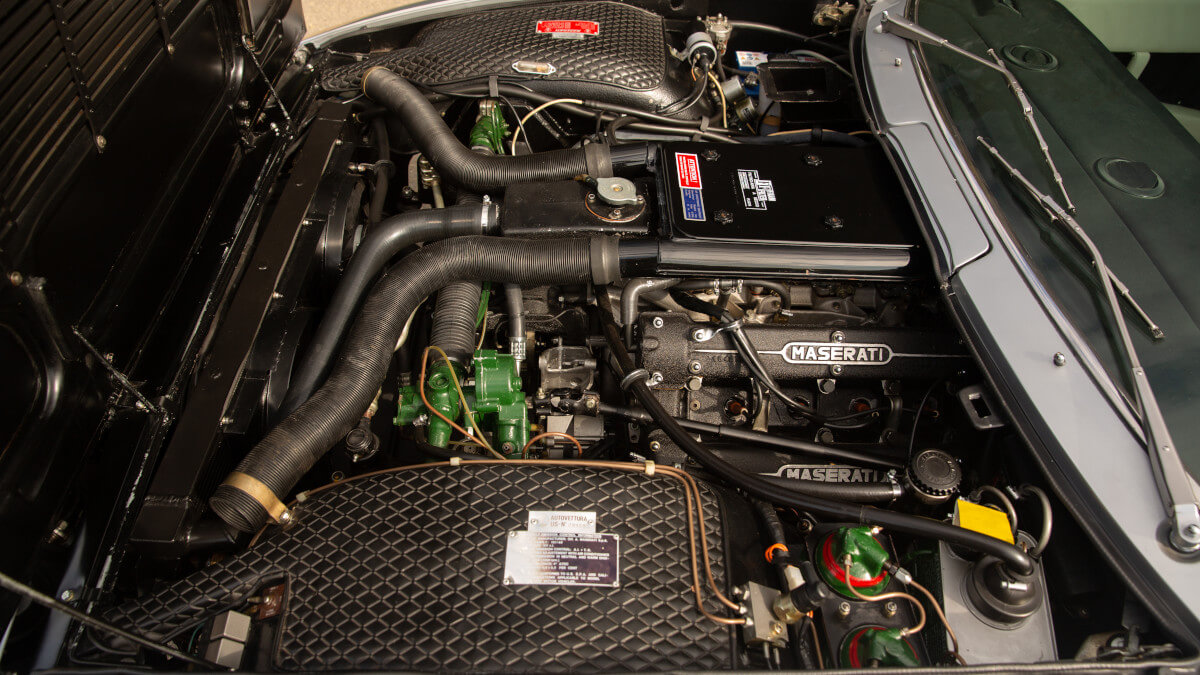



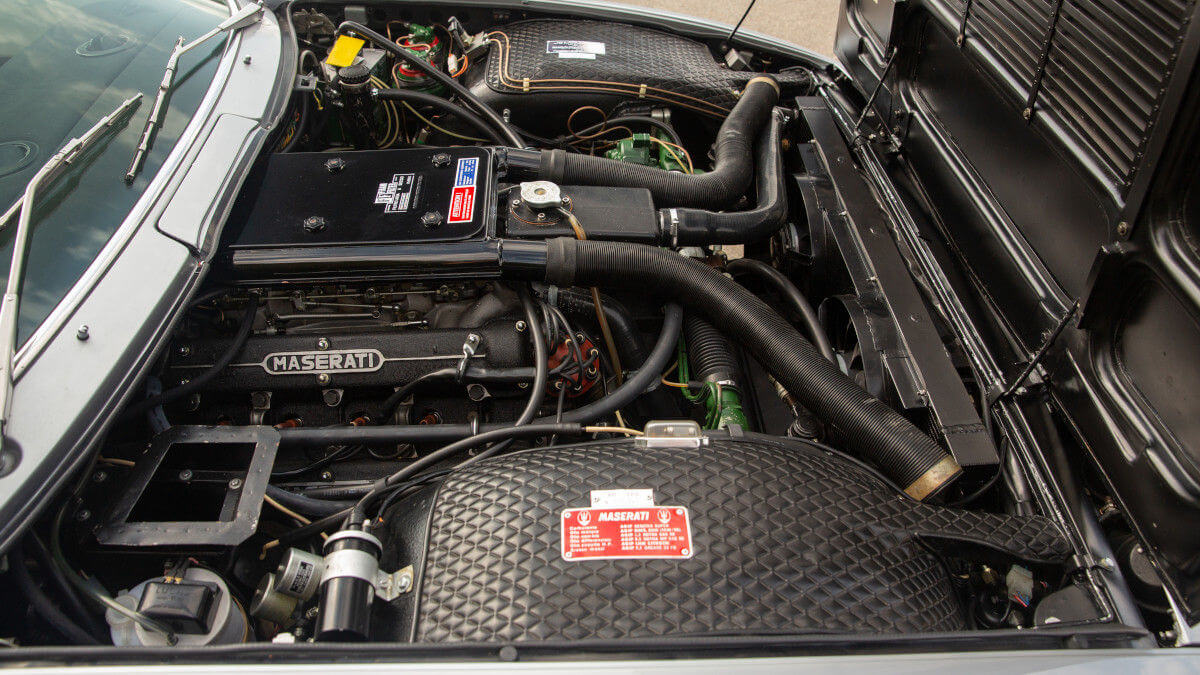



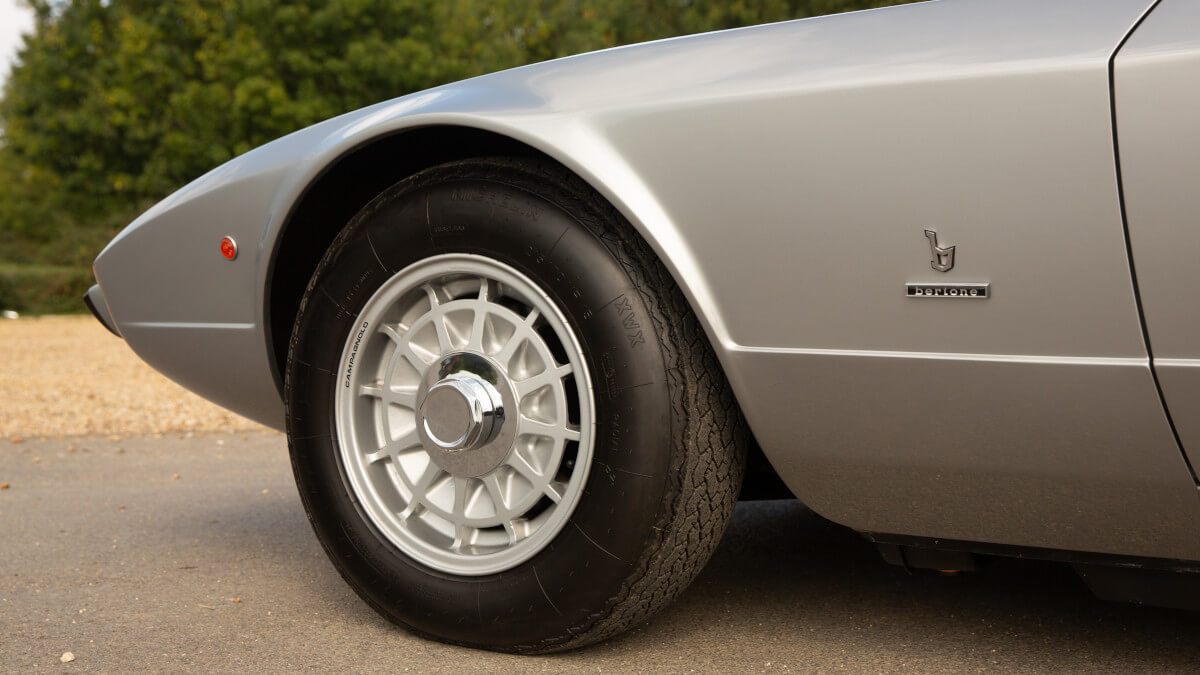







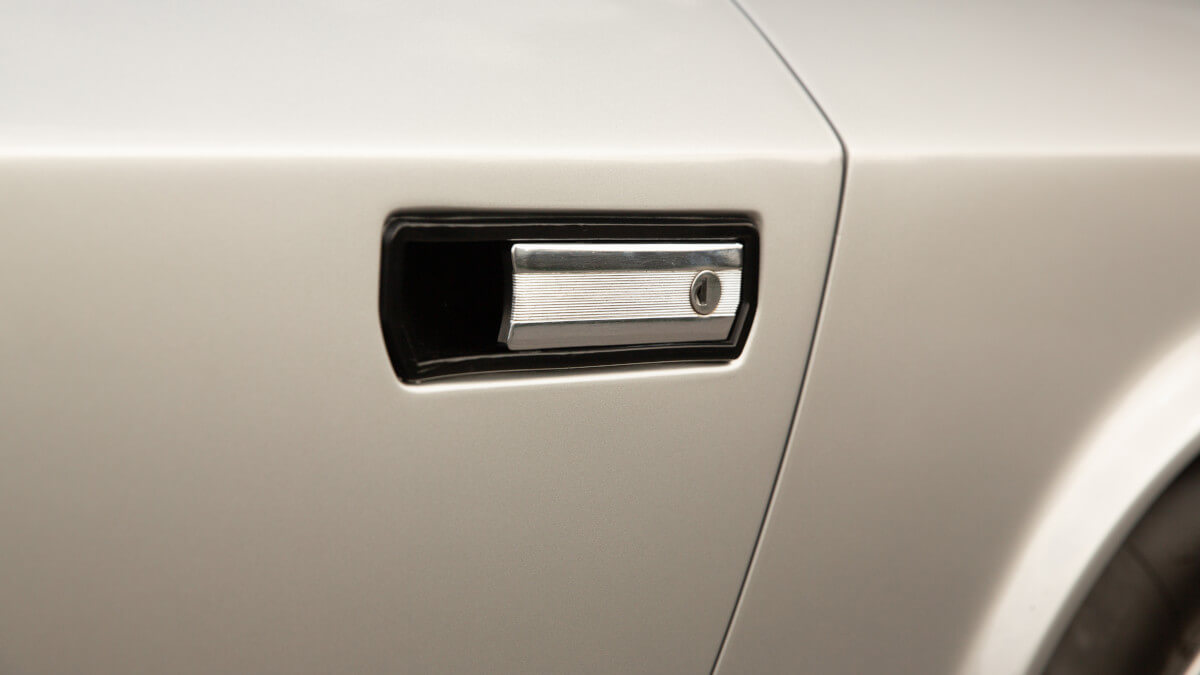



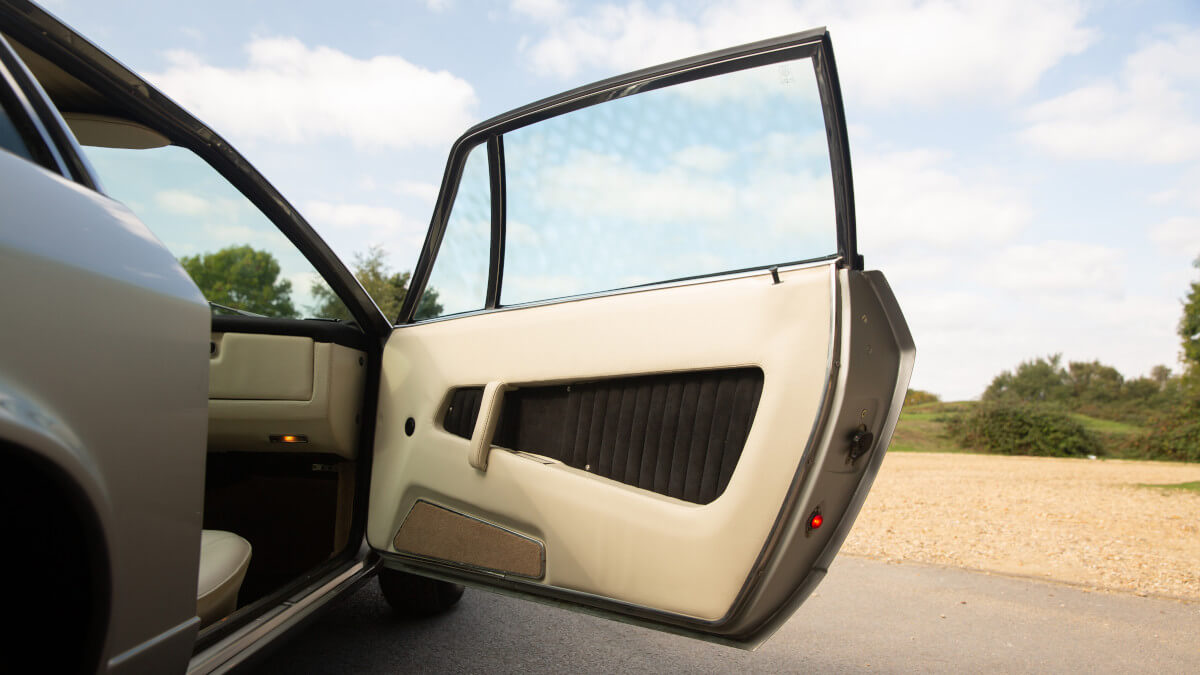



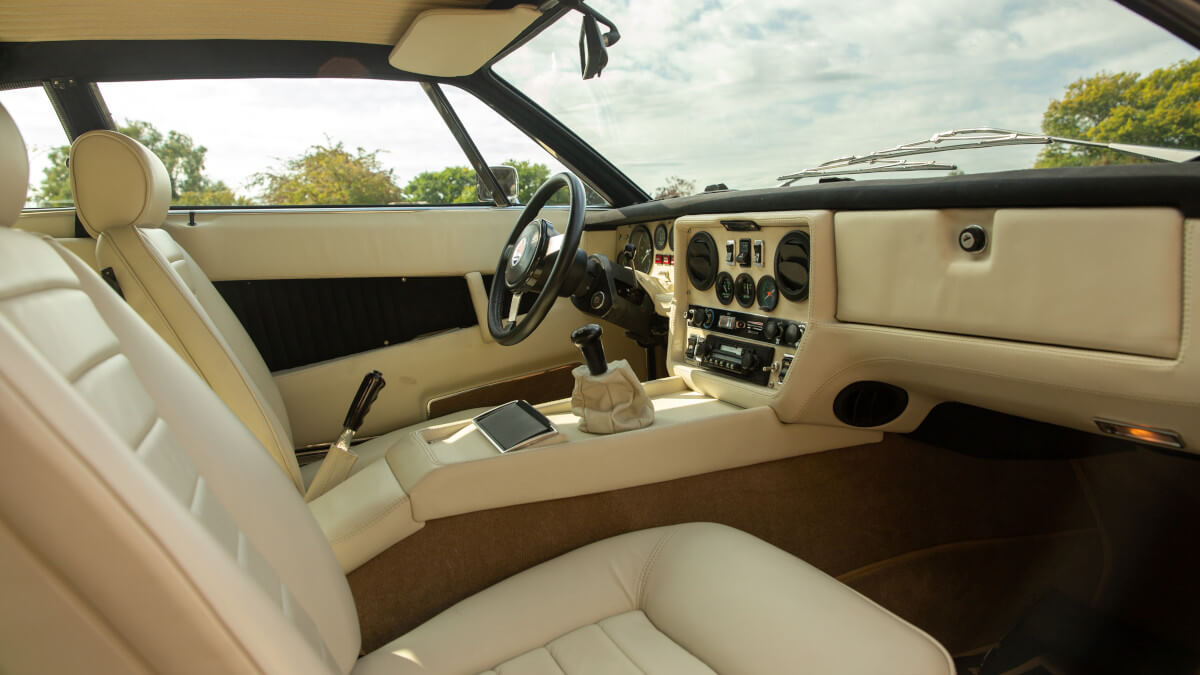



















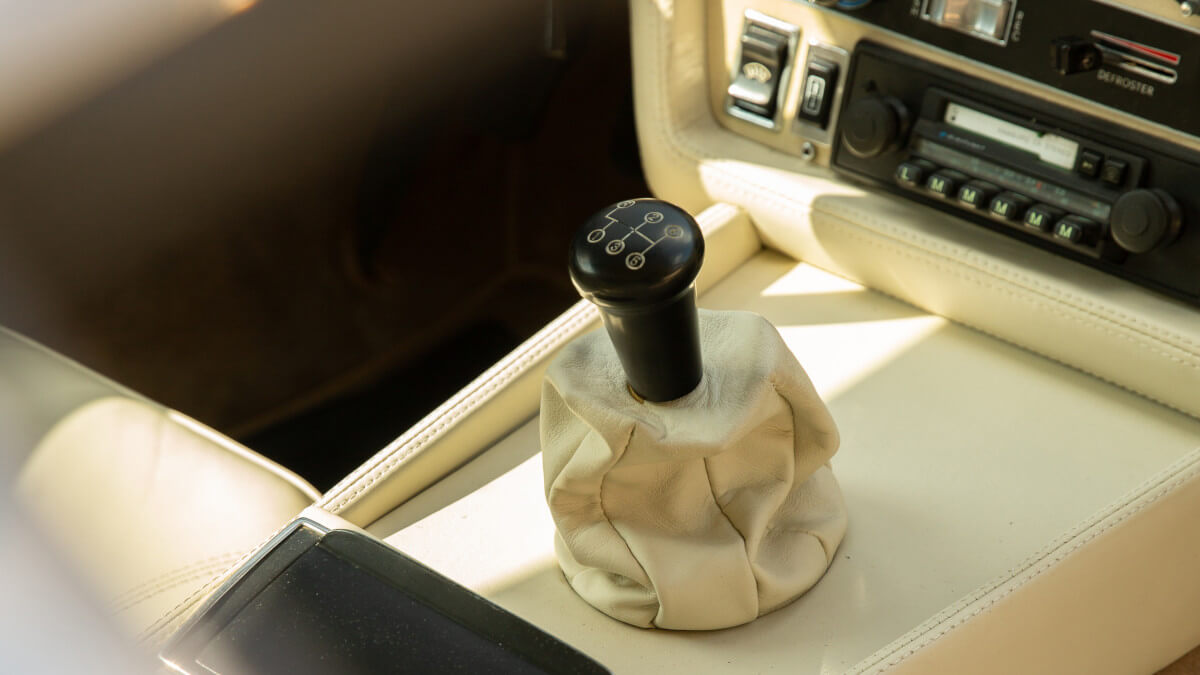



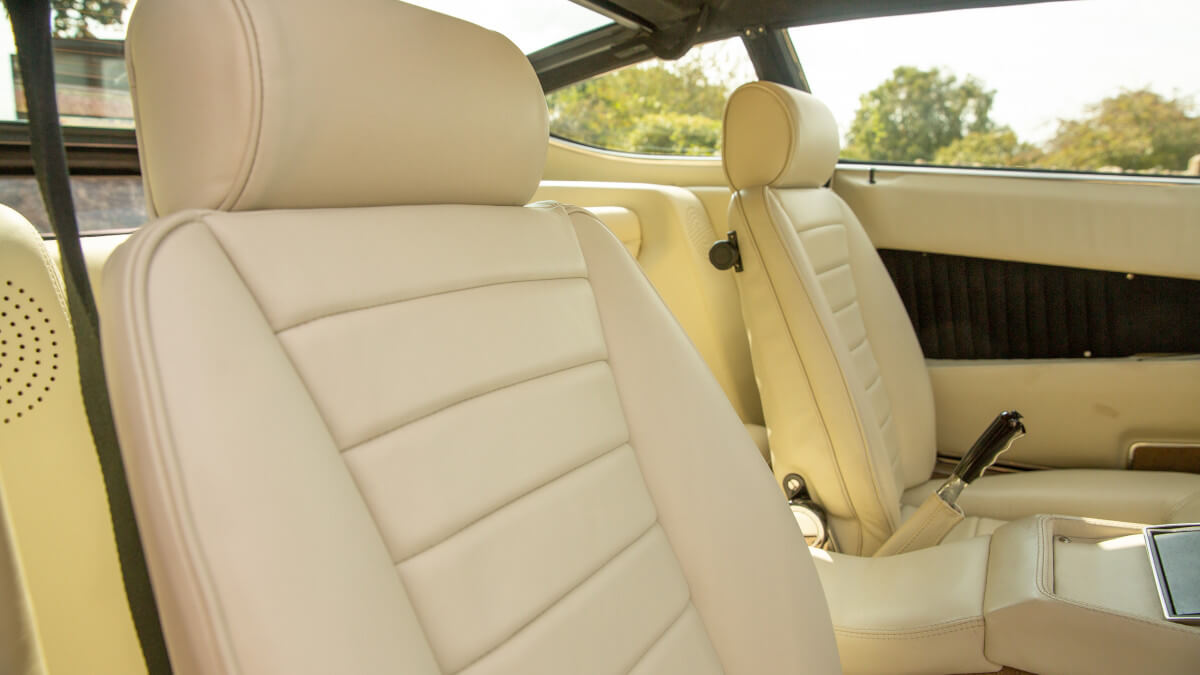



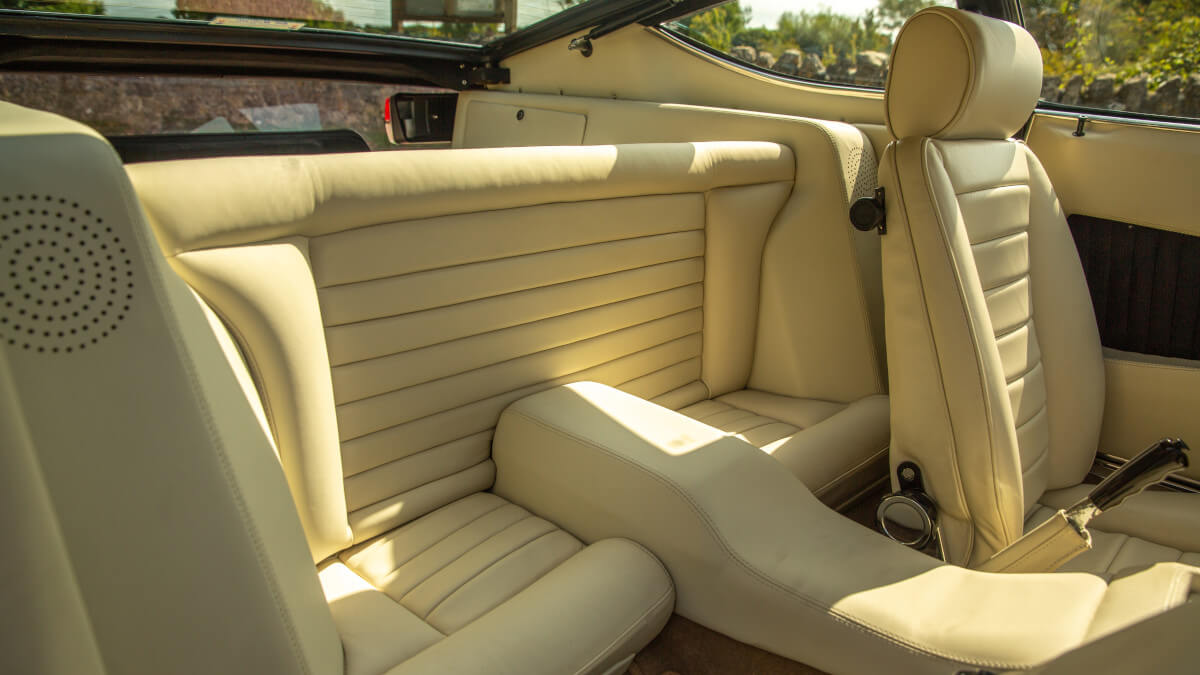



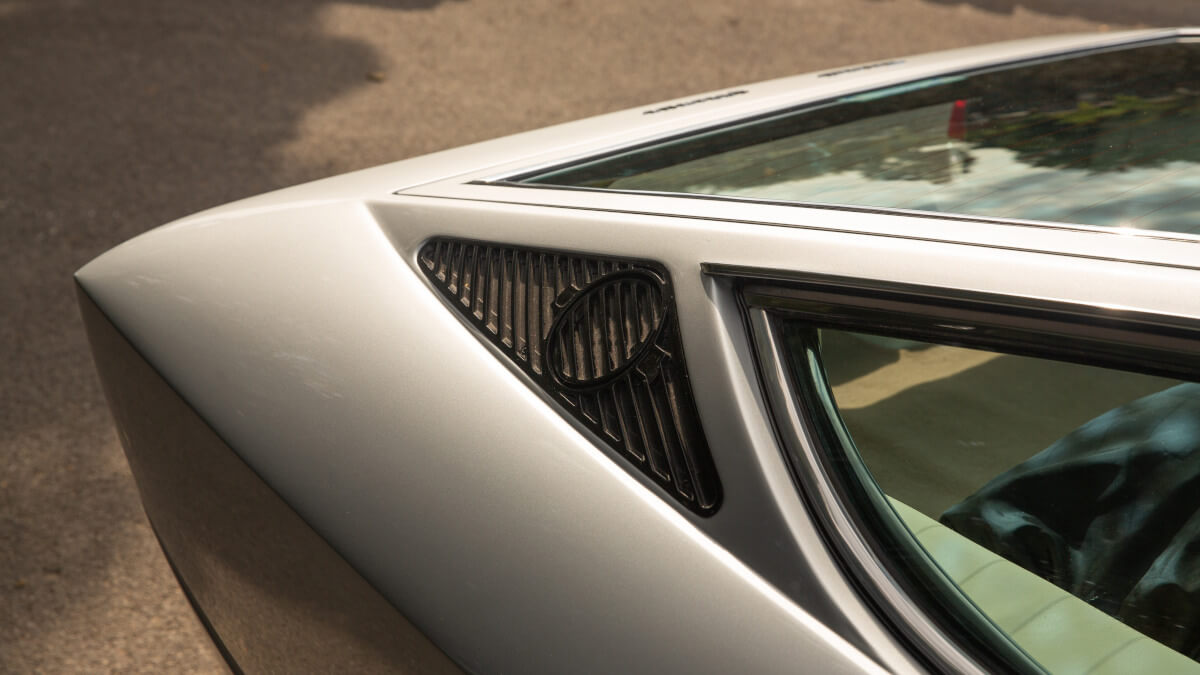



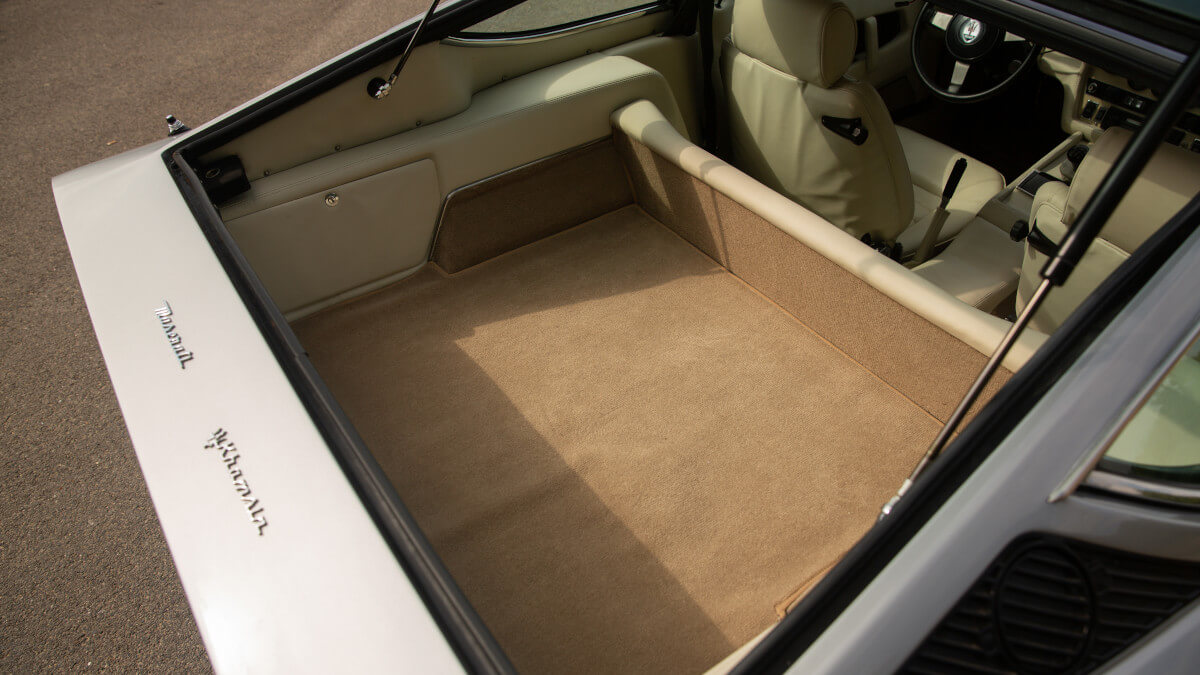







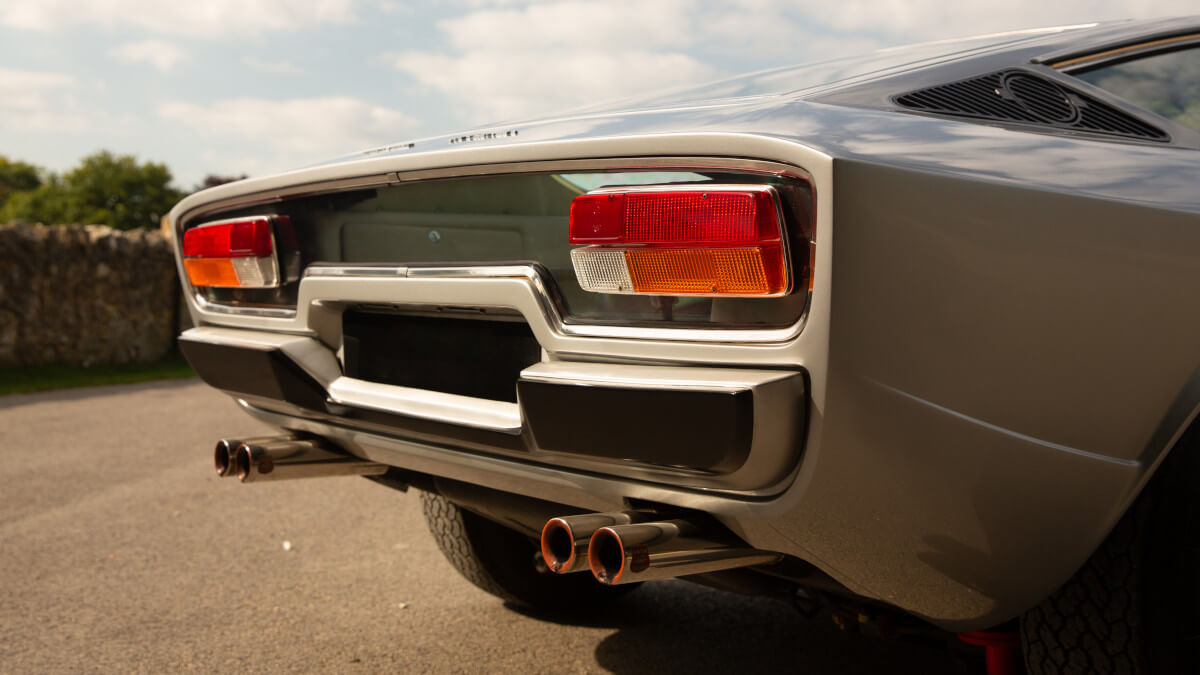



For the design, Maserati turned to Bertone for the first time, where Marcello Gandini got down to work. In addition to a wedge-shaped, long front end with pop-up headlights, he also drew a gently sloping hatchback with a steep edge for the Khamsin. To improve visibility, he integrated the rear lights in an additional rear window. Gandini had already applied this design feature in a similar form to the Lamborghini Marzal concept car and the Lamborghini Espada. The window above also served as a lid for the trunk. For the US market with its stricter safety regulations, the Khamsin was fitted with larger rubber bumpers and tail lights that were shifted down to the sheet metal section below the vertical rear window from 1974 onwards, which was not good for the Gandini design. Officially Maserati offered the car as a 2+2-seater, but the rear passengers had to accept a significant reduction in headroom due to the roof line.
Was only available as Coupé ex works
Bertone produced the bodyshells of the Khamsin for Maserati and had them delivered to the factory in Modena, where they were completed. There the sports car also received its 4.9-liter V8 engine with 235 kW/320 hp positioned behind the front axle, which delivered its power to the rear wheels via a manual five-speed or automatic three-speed transmission. The topspeed stated in the papers was 270 kph (167.8 mph). There are contradictory statements about the exact number of units built up to 1982. Depending on the source, one finds 417, 421, 430 or even 435 produced vehicles. At least two of these Coupés received conversions to Spider and T-Top targa by American companies on customer’s request. RM Sotheby’s will auction a well-preserved Khamsin Coupé in London on October 31st. Currently there is no information on the estimated price.
Images: RM Sotheby’s, Tom Gidden




